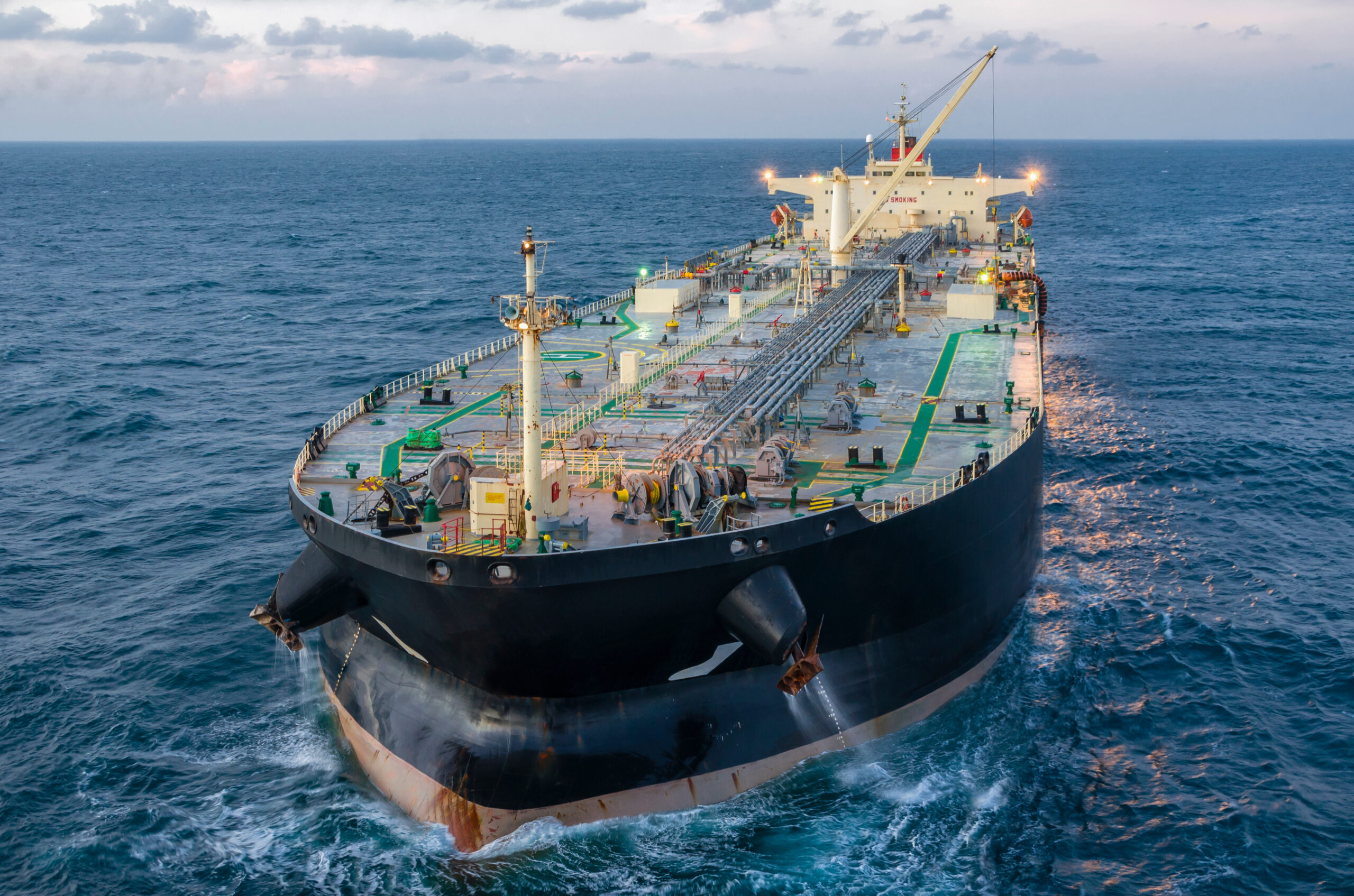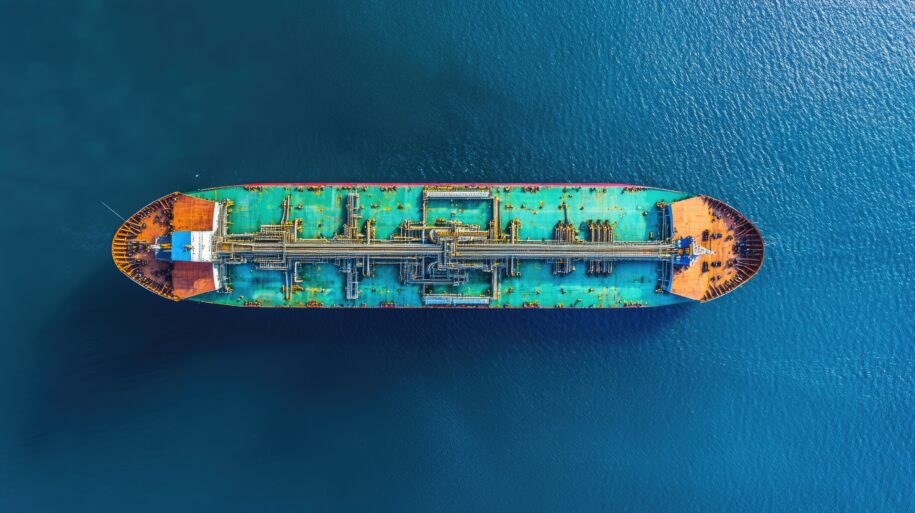Adapting to SIRE 2.0 Question Library with Modern Solutions
The introduction of the SIRE 2.0 Question Library marks a significant shift in tanker inspection processes. With an emphasis on smarter, data-driven assessments, this evolution requires ship operators and owners to adapt swiftly. Leveraging modern digital solutions is key to aligning tanker performance with evolving standards, ensuring both compliance and operational efficiency.

Understanding SIRE 2.0 and Its Impact
The Ship Inspection Report Programme (SIRE), initiated by the Oil Companies International Marine Forum (OCIMF), has long been a cornerstone of tanker safety and performance evaluation. The transition to SIRE 2.0 Question Library introduces a more detailed, risk-based inspection regime that places greater emphasis on vessel-specific risks, crew performance, and real-time data reporting.
Unlike the previous version, SIRE 2.0 adopts a dynamic question library that tailors inspections to individual vessels based on historical data, past performance, and operational context. This shift demands proactive preparation, as inspectors now evaluate specific areas of concern rather than following a standardized checklist.
Key Features of the SIRE 2.0 Question Library
- Dynamic and Vessel-Specific Inspections
One of the most notable changes in SIRE 2.0 Question Library is its dynamic nature. Inspection questions are no longer static but are generated based on the vessel’s history, type, and operational profile. This ensures a targeted approach to identifying risks and weaknesses.
Modern digital tools play a crucial role in managing this complexity. By providing real-time data and historical records, these tools help vessel operators anticipate questions and address potential areas of concern before inspections. - Crew Performance Assessment
SIRE 2.0 places a stronger focus on the competency and performance of crew members. Inspectors will evaluate not only technical aspects but also the crew’s ability to respond to operational and emergency scenarios.
Digital solutions, such as training management systems, enable shipowners to track and enhance crew competency. By aligning training programs with the SIRE 2.0 Question Library, operators can ensure that crew members are well-prepared to demonstrate their skills during inspections. - Real-Time Data Reporting
The shift toward real-time data reporting is another critical element of SIRE 2.0. Inspectors now rely on live data, automated systems, and digital records to evaluate vessel performance.
Advanced software solutions, such as digital inspection tools and fleet management systems, streamline the process of data collection and reporting. These tools minimize manual errors, ensure accurate documentation, and provide actionable insights to improve vessel performance in line with the SIRE 2.0 Question Library requirements. - Risk-Based Approach
SIRE 2.0 introduces a risk-based methodology that prioritizes areas with the highest potential for safety and operational risks. This approach requires operators to adopt a proactive mindset, focusing on preventative measures and continuous monitoring.
Digital risk management tools can analyze vast amounts of data to identify trends, predict potential risks, and recommend corrective actions. By integrating these solutions, ship operators can align their operations with the evolving inspection standards of the SIRE 2.0 Question Library.
Preparing for SIRE 2.0 with Modern Solutions
To adapt to the SIRE 2.0 Question Library, shipowners and operators must embrace modern technologies that enhance preparation and streamline inspection processes. Here are key strategies:
- Adopt Digital Inspection Tools Digital inspection tools automate the preparation process by providing detailed checklists, real-time monitoring, and instant feedback. These tools ensure that vessels are inspection-ready and compliant with SIRE 2.0 standards.
- Implement Fleet Management Systems Fleet management software centralizes data on vessel performance, maintenance, and crew training. By integrating these systems with the SIRE 2.0 framework, operators can easily track compliance and address areas requiring improvement.
- Enhance Crew Training Programs Training systems tailored to the SIRE 2.0 Question Library enable crew members to develop the skills and knowledge needed to excel during inspections. Regular drills, assessments, and scenario-based training ensure that crews are confident and competent.
- Leverage Data Analytics Advanced data analytics tools help ship operators analyze inspection trends, identify recurring issues, and implement corrective actions. These insights enable a proactive approach to risk management, ensuring better alignment with SIRE 2.0 requirements.
Benefits of Modern Solutions in SIRE 2.0 Compliance
Embracing modern digital tools and solutions offers several advantages:
- Improved Accuracy: Automation reduces manual errors in data reporting and documentation.
- Enhanced Preparedness: Real-time monitoring and predictive analytics enable proactive risk management.
- Crew Competency: Training systems ensure that crews meet the standards outlined in the SIRE 2.0 Question Library.
- Operational Efficiency: Streamlined processes reduce inspection delays and downtime.
- Continuous Improvement: Data-driven insights help identify areas for enhancement, ensuring long-term compliance.
Overcoming Challenges in SIRE 2.0 Implementation
While the benefits of SIRE 2.0 are clear, its implementation comes with challenges, including:
- Technological Adoption: Transitioning to digital tools requires investment and training.
- Data Management: Managing vast amounts of real-time data can be complex without the right systems.
- Adaptation Period: Operators may need time to adapt to the new dynamic inspection approach.
To address these challenges, stakeholders must invest in training, collaborate with technology providers, and adopt a culture of continuous improvement.
Conclusion
The shift to the SIRE 2.0 Question Library represents a significant evolution in tanker inspection standards. By embracing modern digital solutions, shipowners and operators can minimize manual errors, enhance crew preparedness, and align vessel performance with the evolving requirements.
Digital tools not only simplify the preparation process but also provide actionable insights that drive continuous improvement. As the industry adapts to SIRE 2.0, those who leverage technology will be best positioned to achieve compliance, maintain operational efficiency, and ensure safer maritime operations.
